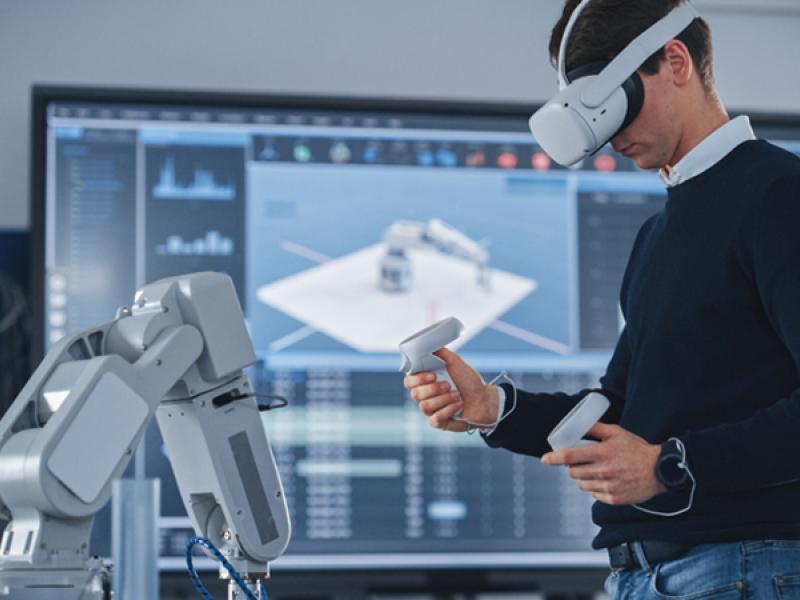The government has indicated it will take severe measures should manufacturing give rise to additional COVID-19 clusters so business advocacy body, BusinessNZ, has been working with its network partners, EMA and the Manufacturers Network, to provide some guidance for safe work practices at Alert Level 3. The result is a brief to Covid-19 Safe Work Protocols for the manufacturing industries, designed to provide guidance on Safe Work Practices under COVID-19 Alert Level 3 for manufacturers not registered with MPI.
It is expected there will be a tendency to ‘de-risk’ the situation and resume business as usual routines as everyone becomes used to the return to work. Managers and supervisors will need to repeatedly articulate the ongoing requirement for protective measures, ensure they are being consistently applied and enforce violations when found.
The guiding standard is that all businesses tailor the principles of disease control for their specific circumstances. They must ensure, as much as possible, that people are able to remain within their designated ‘bubble’ and do not spread the virus. Disease management is founded on the principles of FIND-CONTAIN-CONTROL, and the document is organised around these categories.
The measures reflect current government rules and guidelines issued by MBIE, Ministry of Health and WorkSafe and most can be found in various parts of the official website (covid19.govt.nz)
FIND: Identify and intercept potential sources of infection before they enter your site
CONTAIN: Ensure that any undetected source of infection on your site cannot infect others
CONTROL: Minimise the risk of cross-infection from shared surfaces
Implementing these measures will require a significant re-engineering of manufacturing processes in many cases. To help with the transition, run reduced volumes and/or reduced number of product groups to simplify logistics and process flow at least at the start of return to work.
There will be a range of responses from employees to the above measures when imposed –from ‘highly concerned’ to ‘blasé and sloppy’. Supervisors / team leaders will know their ‘usual suspects’ from the latter group. Use the same approach as for conventional H&S management to ensure compliance. Also, point out that failure to comply will not only put others in the team at risk, it’ll jeopardise the entire sector.
The complete guide can be found HERE






